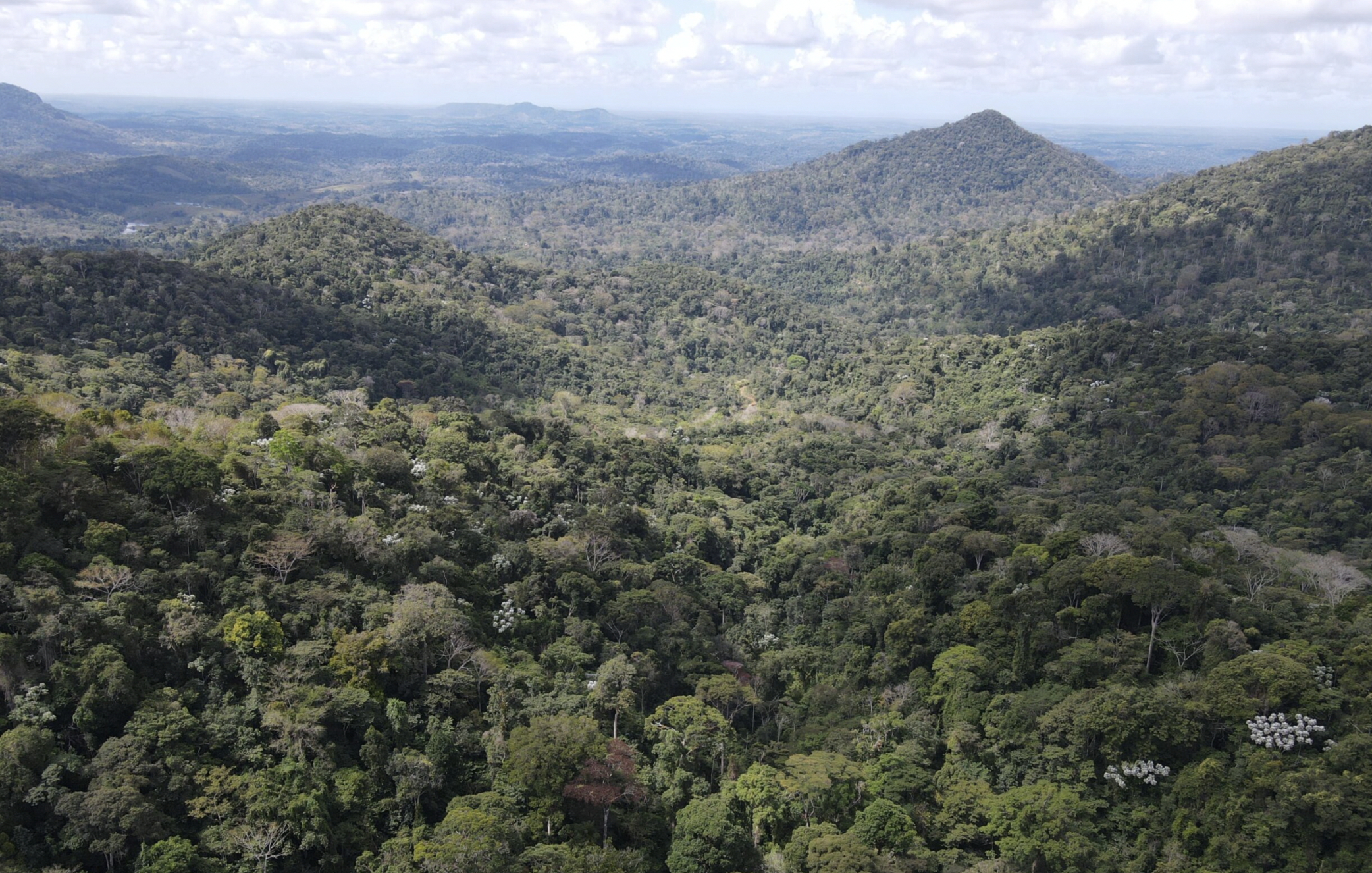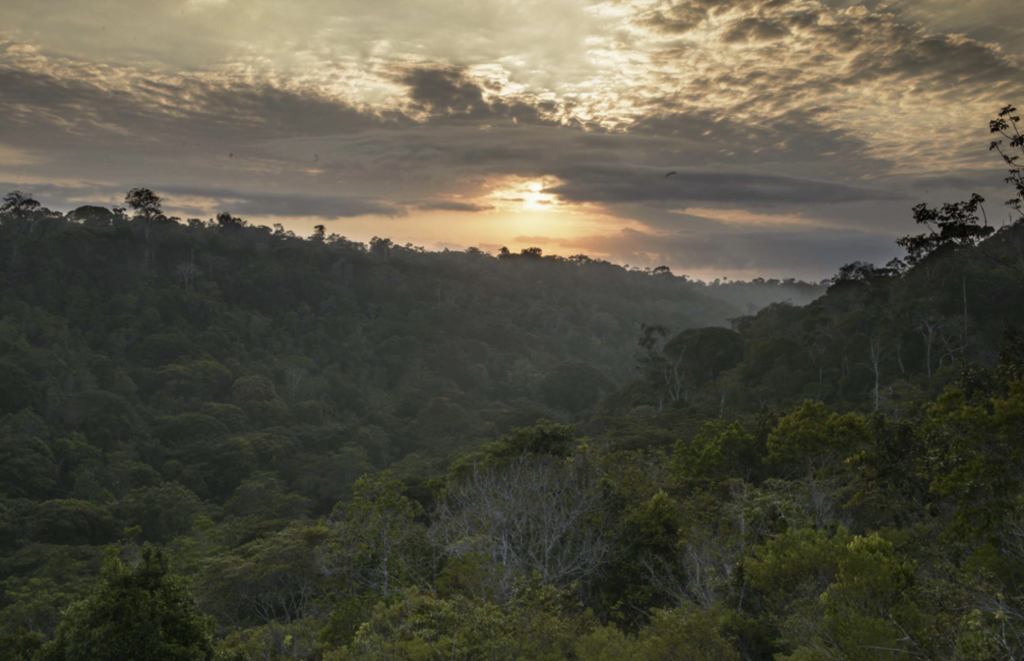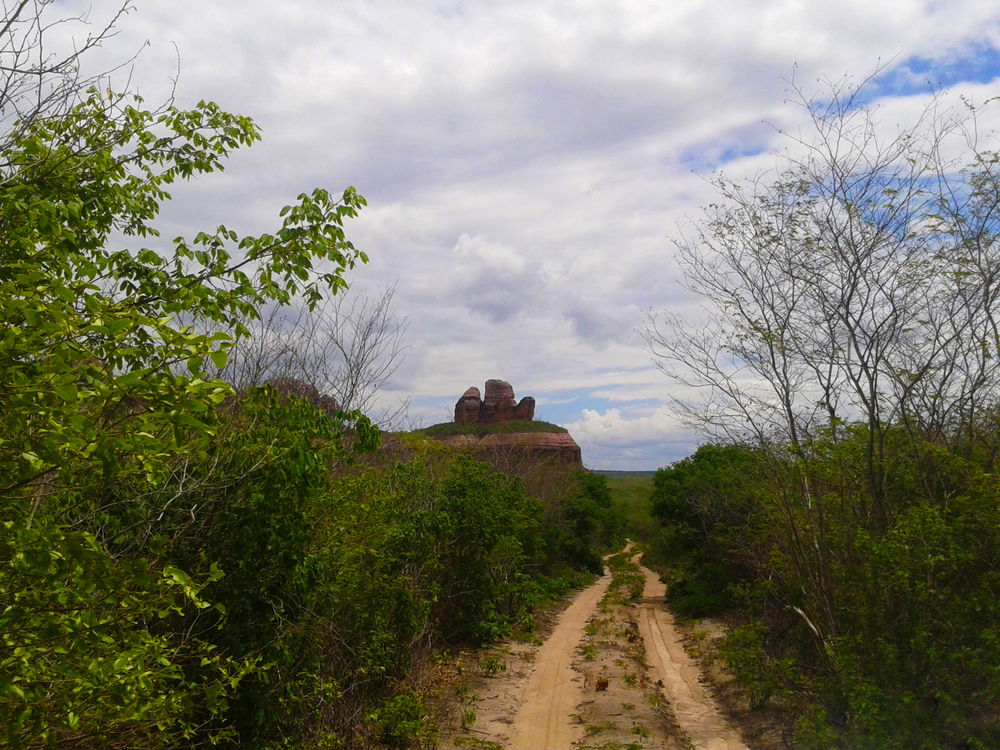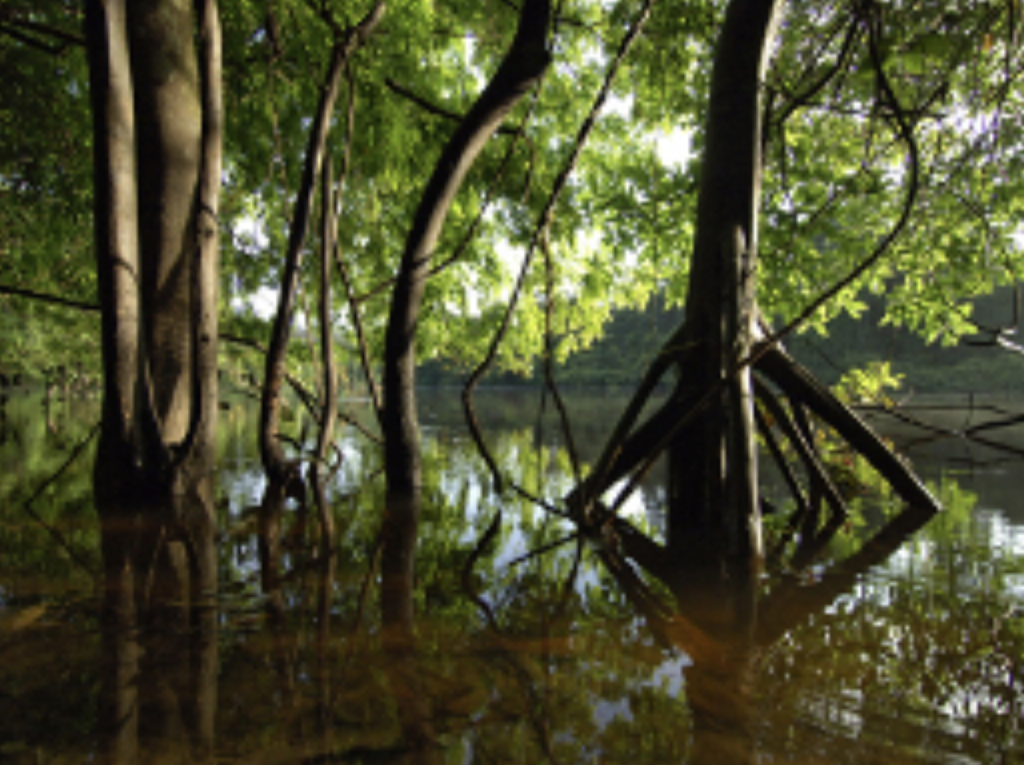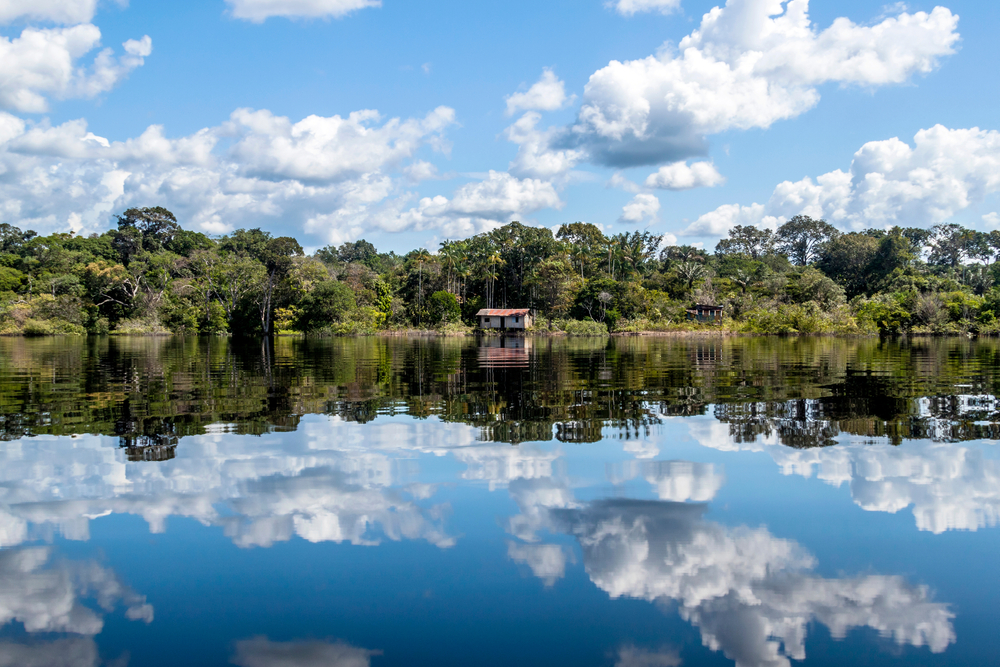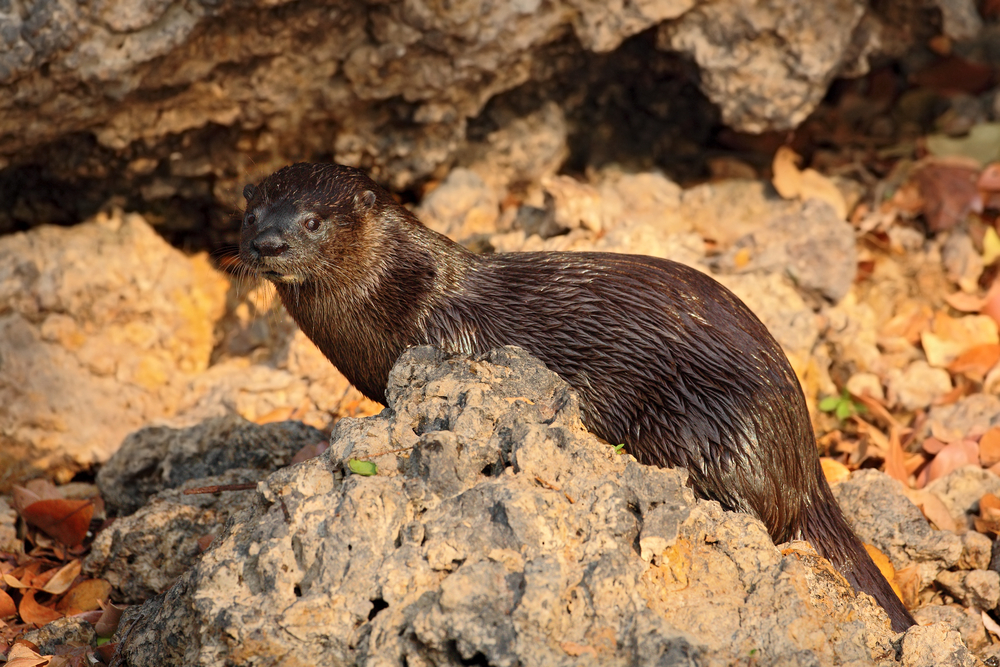Serra das Lontras Overview
Serra das Lontras National Park, known locally as Parque Nacional da Serra das Lontras, is a protected area in the southern region of the state of Bahia, Brazil. The park spans approximately 43.2 square miles, or 111.8 square kilometers, and was established to safeguard a section of the Atlantic Forest biome.
Located inland from the coastal city of Ilhéus, the park lies within a mountainous region that includes parts of the municipalities of Arataca and Una. The park is part of a vital ecological corridor that connects other forest reserves in the region, contributing significantly to the preservation of Brazil’s Atlantic Rainforest, one of the most endangered ecosystems in the world.
The terrain of Serra das Lontras is rugged and mountainous, with elevations that can reach up to 1,100 meters. The park’s landscape is a mosaic of steep slopes, deep valleys, and small rivers, many of which give rise to cascading waterfalls. Its name, meaning “Otter Mountains,” reflects both the wildlife and the dramatic topography.
The area is drenched in mist and moisture, fostering the growth of dense rainforest. Towering trees form a closed canopy, while the forest floor is rich with ferns, mosses, and orchids. Cloud forest characteristics are prominent at higher elevations, with cooler temperatures and increased humidity supporting unique plant assemblages.
Serra das Lontras is home to a rich diversity of wildlife, including many species that are endemic or threatened. Among its key mammals are the golden-headed lion tamarin, the maned sloth, and the collared peccary. The park is also habitat for ocelots and the elusive jaguarundi.
Avian life is especially notable, with over 300 bird species recorded, including the Atlantic Forest woodpecker, the band-tailed manakin, and the white-throated piping guan. The park is a vital refuge for these creatures, many of which rely on continuous forest cover to thrive.
A popular feature of the park is its network of rivers and waterfalls, including Cachoeira da Lontra and the pristine headwaters that supply neighboring communities. Though not as heavily trafficked as some of Brazil’s larger parks, Serra das Lontras attracts ecotourists, birdwatchers, and researchers drawn to its high biodiversity.
Visitor access is typically coordinated with local guides or conservation organizations due to the park’s rugged terrain and limited infrastructure.
Visitors can experience the park through guided hikes, wildlife observation, and photography, often as part of community-based tourism initiatives that also support local livelihoods.
Access is generally arranged in partnership with environmental NGOs, which offer expertise on trail navigation and species identification. Educational tours and scientific expeditions are also a core component of how the park is experienced, as it is increasingly recognized for its research value.
One of the main conservation challenges the park faces is encroachment from agriculture and illegal logging in nearby areas. However, its designation as a national park and its inclusion in regional conservation corridors have led to increased protection and monitoring.
Partnerships between government agencies, NGOs, and local communities have strengthened conservation efforts, resulting in improved forest regeneration and wildlife protection. Long-term success depends on continued investment in sustainable tourism, enforcement, and community engagement to mitigate external pressures and ensure ecological integrity.








































































